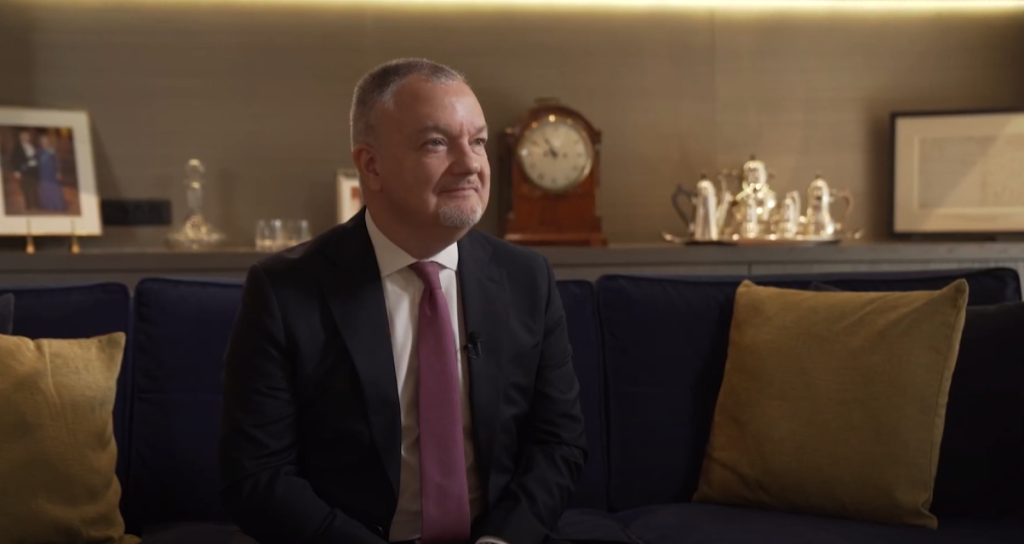Many of us worry that we don’t put in enough time to maintain close friendships. But how much is enough?
As we trek further into adulthood, many of our friends fall away. It’s understandable: Family and jobs become more demanding and free time more limited. We may want to meet a close friend for coffee or dinner, but our calendars are full with work, must-do appointments, meetings or kids’ activities.
About 88% of U.S. adults said they have lost touch with a close friend at some point and 71% would like to rekindle their relationship, according to a 2020 survey by Snap, the parent company of social-media platform Snapchat. Four in 10 Americans said they didn’t have a best friend at all, up from 25% in 1990, in a 2021 poll by the Survey Center on American Life, and we are spending twice as much of our free time alone.
It can be logistically tough to maintain friendships, but it’s good for us physically, mentally and emotionally. Good friends help get us through difficult times and without them, we risk loneliness and isolation.
Research on the science of friendship does offer some insights that can help you maintain friendships. Among the lessons: Be realistic about how many good friendships you can reasonably maintain. Intimate conversations build closeness faster than casual chitchat. And setting routines, like weekly phone calls, or prioritizing an annual weekend getaway with friends, helps to keep bonds strong.
The science of friendship
Unfortunately for the hyper-efficient among us, there’s no magic formula for how much time you need to spend on your friends to keep them. Each friendship and friend is unique and thrives or withers depending on how we interact.
People can generally maintain three to five close friendships, says Beverley Fehr, a social psychologist who specializes in the study of close relationships at the University of Winnipeg. Beyond that, “there just isn’t enough time and energy to go around.”
Forming a friendship in the first place takes a certain number of hours of being together, research has found.
We need between 40 and 60 hours together for an acquaintance to become a casual friend, according to a study by Jeffrey Hall, professor of communication studies at the University of Kansas, who surveyed adults who moved to a new location as well as college freshmen in their first two months of school.
In order to move from casual friends to close friends, you need to spend an additional 140 to 160 hours together for a total of about 200 hours, the study found.
However, deeper interactions can accelerate that timeline. You can form a close bond in less than 200 hours, Hall says, with meaningful conversations and a willingness to be vulnerable.
Conversely, spending 200 hours together doesn’t necessarily mean a person will become a close friend. They have to want to be your friend. Some co-workers can spend 300 hours together and never become close friends.
It’s also how you spend the time
When it comes to maintaining friendships, it’s not just the number of hours spent together, but what we do that matters, Hall says based on research.
Engaging in passive activity with friends—like watching a Netflix series—is fun and enjoyable, but it doesn’t do as much to maintain friendship as having deep conversations, sharing feelings, and being a good listener, he has found.
In another study, Hall collected diaries of 127 people across a seven-day period and found that routinely checking in with people we choose to connect with, through calls and texts or in person, helped maintain relationships and led to higher scores of positive feelings, like happiness.
Arthur Aron, a research professor in the department of psychology at Stony Brook University, developed a procedure to study interpersonal closeness in the lab. Researchers provided pairs of strangers three sets of increasingly personal questions. For example, they might start with “When did you last sing to yourself?” and progress to “When did you last cry in front of another person? They found that strangers in this Fast Friends study could establish interpersonal closeness in 45 minutes.
The takeaway was that sharing things about yourself can lead to close friendships. Once that closeness is established, Aron says that some ways to maintain closeness are supporting friends when things go wrong for them and celebrating their achievements.
Send that text
We generally don’t need help to maintain friendships with our one or two best friends, says sociologist Jan Yager, who researches friendship and has written several books on the subject. She frequently texts or calls her best friend from college, who lives about three hours away, and sees her once or twice a year, meeting halfway for dinner and a movie. Their phone conversations can last an hour. Keeping in touch with her best friend is ongoing, natural and a priority.
It’s important, she says, to recognize when you are truly busy or whether you are using busyness as an excuse to avoid getting together. “If you aren’t making time for a close friend,” she says, “it might be saying something about that friendship.”
Fehr, the Winnipeg professor, says she recently celebrated the birthday of a close friend who had moved to British Columbia, over a Zoom call. Connecting online can be helpful in keeping in touch, but in-person meetups can be less prone to falling through.
“We are more likely to actually follow through if we made a commitment to see a friend in person,” she says.
Write to Clare Ansberry at clare.ansberry@wsj.com



